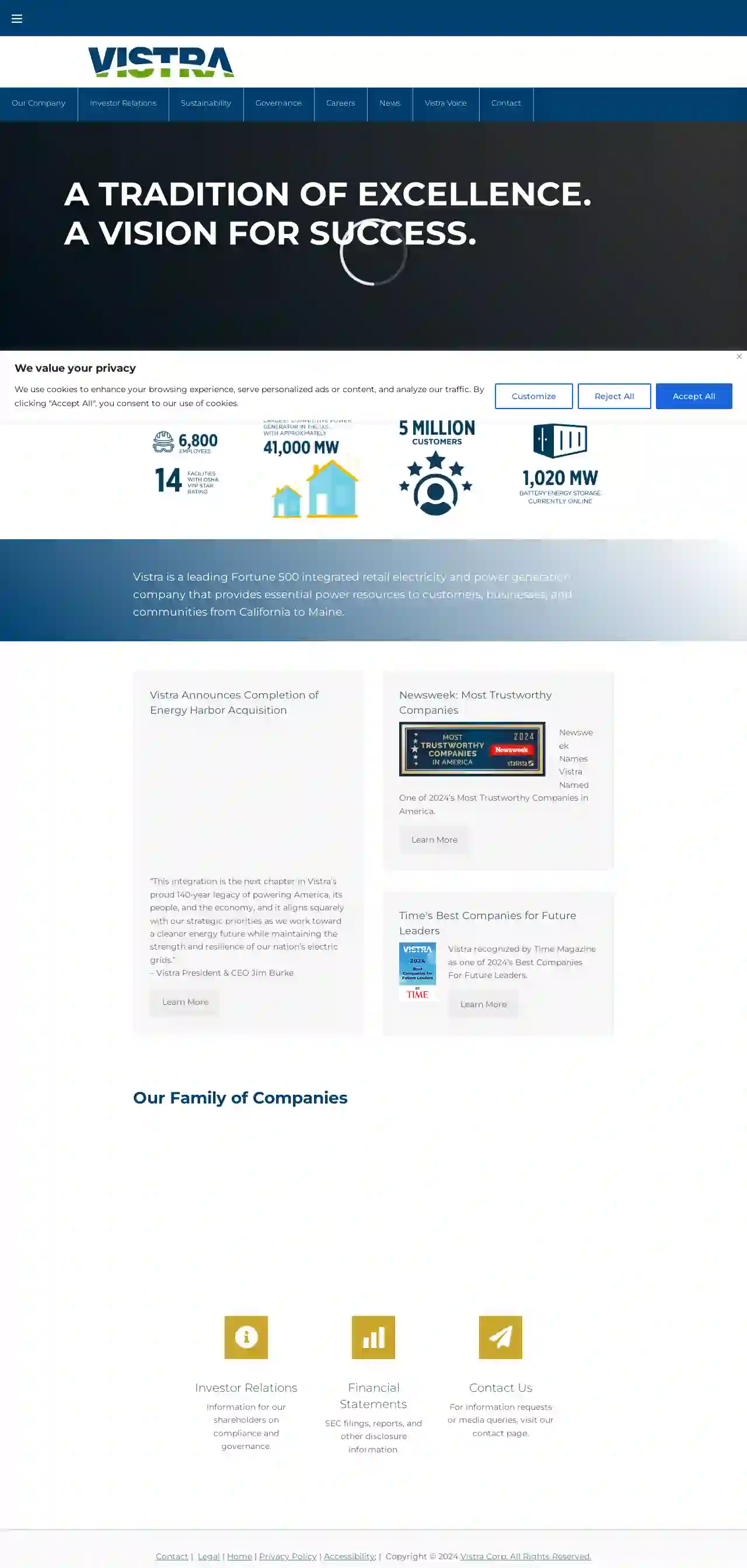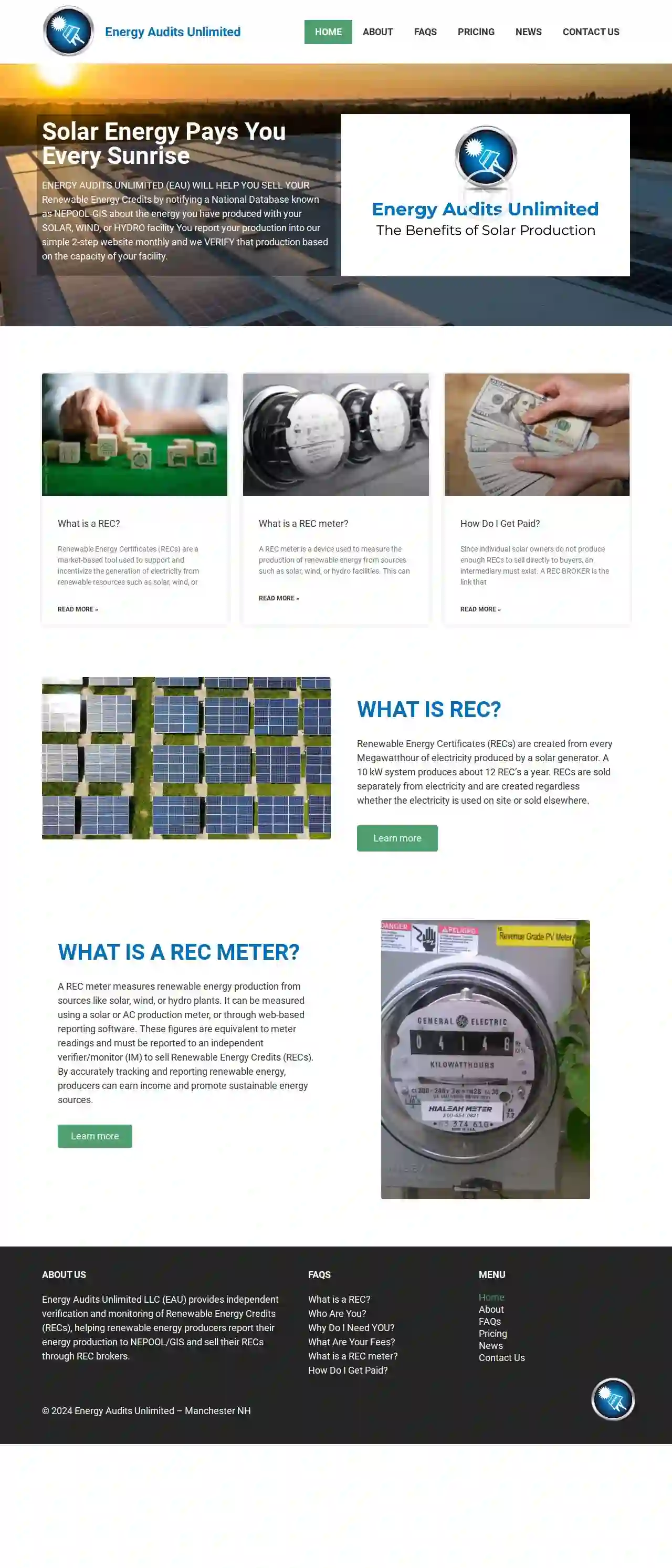Solar Installers Thomaston
Find the best Solar Panel Installers in Thomaston
Receive multiple Solar Installers quotes for your project today! Compare profiles, reviews, accreditations, portfolio, etc... and choose the best offer.

iSun Energy, Inc.
34 reviewsAddress Line 1, Address Line 2, Street Address, City Name, Zip Code, USiSun is a company that accelerates the world’s transition from dirty to clean energy. They provide design, development, and construction services for solar and electric vehicle charging projects of every size and scale. Their divisions include Solar, Mobility, and Services, offering comprehensive solutions for energy needs.
- Services
- Why Us?
- Accreditations
- Our Team
- Testimonials
- Gallery
Get Quote
Valiant Energy Solutions
4.3332 reviews165 RAILROAD HILL ST., WATERBURY, CT, 06708, USValiant Energy Solutions is a trusted energy solutions partner for home comfort and efficiency. They specialize in helping homeowners optimize their energy systems to reduce monthly energy bills and put money back in their pockets. They offer a wide range of innovative and cutting-edge solutions for homes and businesses alike, including fuel delivery services, heating, cooling, home efficiency, electrical, plumbing, and renewables.
- Services
- Why Us?
- Accreditations
- Our Team
- Testimonials
- Gallery
Get Quote
Crius Solar
4.415 reviewsHartford, USVistra is a leading Fortune 500 integrated retail electricity and power generation company that provides essential power resources to customers, businesses, and communities from California to Maine. Vistra is a tradition of excellence with a vision for success, working towards a cleaner energy future while maintaining the strength and resilience of the nation's electric grids.
- Services
- Why Us?
- Gallery
Get Quote
CTEC Solar, LLC
3.523 reviewsCTEC Solar Headquarters, Suite 100, 123 Solar Street, Solar City, 12345, USCTEC Solar is a premier North American solar and energy storage project developer, EPC, and O&M provider. They are committed to delivering top-tier, competitive renewable power to their partners, the grid, and property owners. Their team comprises industry-leading, in-house energy experts, and they are product-agnostic, offering a broader range of solutions tailored to the unique needs of utilities and property owners alike.
- Services
- Why Us?
- Accreditations
- Our Team
- Testimonials
- Gallery
Get Quote
Solar RECs NH
Manchester, NH, USA, 123 Main St, 03101, USEnergy Audits Unlimited LLC (EAU) provides independent verification and monitoring of Renewable Energy Credits (RECs), helping renewable energy producers report their energy production to NEPOOL/GIS and sell their RECs through REC brokers.
- Services
- Why Us?
- Accreditations
- Our Team
- Testimonials
- Gallery
Get Quote
D2H Solar
123 Solar Street, Suite 100, Solar City, 12345, USDirect 2 Home offers trusted solar solutions with first-class service. Our Energy Advisors & Project Coordinators take care of design, installation, and activation so you don't have to. We prioritize the efficiency and dependability of your solar panel systems by exclusively deploying tier 1 manufacturers with the latest cutting-edge solar technologies in the market.
- Services
- Why Us?
- Accreditations
- Our Team
- Testimonials
- Gallery
Get Quote
ISP Solar Provider
4.916 reviews123 Solar Way, Suite 101, Middlebury, 06749, USiSP Solar Provider is a local solar energy contractor in Bristol, CT, dedicated to helping homeowners transition to solar energy. With a team of over 45 professionals, they offer high-quality solar solutions designed to maximize savings and efficiency. Their headquarters in Middlebury, CT, serves as the hub for their knowledgeable and friendly team of solar professionals.
- Services
- Why Us?
- Accreditations
- Our Team
- Testimonials
- Gallery
Get Quote
ReVision Energy
5132 reviewsBrentwood, NH, 7 Commercial Dr, 04064, USReVision Energy is a leading provider of solar energy solutions, offering a range of services including solar electricity, battery storage, air source heat pumps, and EV charging. With a strong commitment to sustainability and customer satisfaction, ReVision Energy has established itself as a trusted name in the renewable energy sector. The company's mission is to accelerate the transition to a sustainable energy future by empowering individuals and communities to invest in solar energy. With a team of experienced professionals and a focus on quality and innovation, ReVision Energy continues to grow and expand its services across New Hampshire and beyond.
- Services
- Why Us?
- Accreditations
- Our Team
- Testimonials
- Gallery
Get Quote
Ion Solar Pros
592 reviewsMiddlebury, CT, USA, 751 Straits Turnpike, Suite 2000, 06762, USiSP is a solar energy solutions provider that offers a range of services including solar battery storage, EV charging, and residential solar solutions. They aim to provide high-quality, practical, and eco-friendly solutions to their customers. Their PowerLink PowerHouse system is designed to redefine solar power with a focus on quality, performance, and aesthetics. iSP's goal is to provide the highest possible value for consumers that want to save money by going solar.
- Services
- Why Us?
- Accreditations
- Our Team
- Testimonials
- Gallery
Get Quote
West Hartford Solar
53 reviewsWest Hartford, 4 Park Place Circle, 06110, USWest Hartford Solar is dedicated to ensuring you find the best sustainable energy solution for your family's needs. Working with me is different - I am not a solar energy salesman. I see the difficulty our community is facing with rising energy costs. I want to be part of the solution, for our community to grow together, and address energy in a sustainable way. Your sustainable energy solution looks different than your neighbors, and I make sure that your unique needs are addressed, every step of the way. The only way an energy solution is truly sustainable, is if it is custom fit for your family. As an independent partner, I identify the solar energy product that best fits your needs. I do not work for one company selling the solar panel that they make, I identify the best solar energy product for your family from the many options offered by the top solar energy companies. From initial solar panel education to installation day, I am your only point of contact and project manager. After we choose the best solar energy solution for your family, I will coordinate all aspects of preliminary design, on-site survey, communication with Eversource, town permitting requirements, installation, activation, and ongoing support. Whether you are interested in leasing, financing, or purchasing solar panels, you will receive a competitive rate for the top of the line solar solution for your home. Wondering which financial option is best for you? We can review your residency plans and finances to find your best-fit solution.
- Services
- Why Us?
- Our Team
- Gallery
Get Quote
Over 4,210+ Solar Installers on our directory
Our solar installers operate in Thomaston & surroundings!
SolarCompaniesHub has curated and vetted the Best Solar Installers in Thomaston. Find a top & reliable business today.
Frequently Asked Questions About Solar Installers
- Your current energy usage
- The size of your solar system
- Your local electricity rates
- The amount of sunlight your panels receive
- Available net metering policies
- Contact SolarCompaniesHub: We make it simple to connect with reputable Solar Installers in your area.
- Get Free Quotes: Request free quotes from multiple installers to compare prices, systems, and warranties.
- Schedule a Site Assessment: A qualified installer will visit your property to assess your roof, energy needs, and discuss your goals.
- Review Your Proposal and Contract: Carefully review the proposed system, financing options, and warranties before signing a contract.
- Installation and Activation: Once the contract is signed, the installer will obtain necessary permits, schedule the installation, and activate your solar system.
- Use a Directory Like SolarCompaniesHub: We connect you with pre-screened, qualified solar installers in your area.
- Check Online Reviews: Look for positive reviews on Google, Yelp, and other reputable sources.
- Ask for Referrals: Get recommendations from friends, family, or neighbors who have gone solar.
- Verify Credentials: Ensure the installer is licensed, insured, and certified by reputable organizations (e.g., NABCEP in the US).
- Get Multiple Quotes: Compare quotes from at least 3-4 installers to find the best value for your project.
- Ask Questions: Don't hesitate to ask installers about their experience, warranties, and the process they follow.
- Cash Purchase: The most straightforward option, providing the greatest long-term savings but requiring a larger upfront investment.
- Solar Loans: Loans specifically designed for solar installations, often with favorable terms and interest rates.
- Solar Leases: A third-party company owns the system and leases it to you, allowing you to go solar with little or no upfront cost, but you won't own the system or receive tax benefits.
- Power Purchase Agreements (PPAs): Similar to leases, but you pay for the electricity generated by the system, not the system itself.
- Home Equity Loans or Lines of Credit: Borrow against the equity in your home.
How much can I save on my electricity bill with solar panels?
How do I get started with solar panel installation?
How do I find a good solar installer near me?
How can I finance my solar panel installation?
How much can I save on my electricity bill with solar panels?
- Your current energy usage
- The size of your solar system
- Your local electricity rates
- The amount of sunlight your panels receive
- Available net metering policies
How do I get started with solar panel installation?
- Contact SolarCompaniesHub: We make it simple to connect with reputable Solar Installers in your area.
- Get Free Quotes: Request free quotes from multiple installers to compare prices, systems, and warranties.
- Schedule a Site Assessment: A qualified installer will visit your property to assess your roof, energy needs, and discuss your goals.
- Review Your Proposal and Contract: Carefully review the proposed system, financing options, and warranties before signing a contract.
- Installation and Activation: Once the contract is signed, the installer will obtain necessary permits, schedule the installation, and activate your solar system.
How do I find a good solar installer near me?
- Use a Directory Like SolarCompaniesHub: We connect you with pre-screened, qualified solar installers in your area.
- Check Online Reviews: Look for positive reviews on Google, Yelp, and other reputable sources.
- Ask for Referrals: Get recommendations from friends, family, or neighbors who have gone solar.
- Verify Credentials: Ensure the installer is licensed, insured, and certified by reputable organizations (e.g., NABCEP in the US).
- Get Multiple Quotes: Compare quotes from at least 3-4 installers to find the best value for your project.
- Ask Questions: Don't hesitate to ask installers about their experience, warranties, and the process they follow.
How can I finance my solar panel installation?
- Cash Purchase: The most straightforward option, providing the greatest long-term savings but requiring a larger upfront investment.
- Solar Loans: Loans specifically designed for solar installations, often with favorable terms and interest rates.
- Solar Leases: A third-party company owns the system and leases it to you, allowing you to go solar with little or no upfront cost, but you won't own the system or receive tax benefits.
- Power Purchase Agreements (PPAs): Similar to leases, but you pay for the electricity generated by the system, not the system itself.
- Home Equity Loans or Lines of Credit: Borrow against the equity in your home.